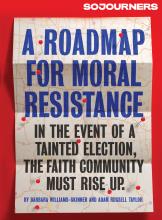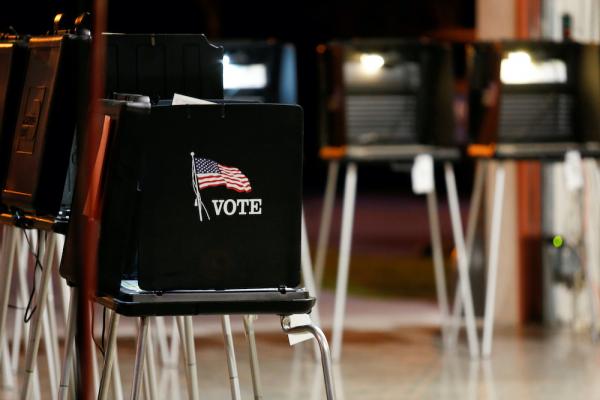1. Get involved
Scenario: Voting places are closed, and mail-in ballots are restricted because there are too few election workers due to COVID-19 concerns.
Tip: Democracy is a team sport. Everyone can be an election worker. Commit a certain number of people from your church to register as poll workers and mobilize medical personnel to speak on coronavirus-safe voting practices. The U.S. Election Assistance Commission hosts a video explainer and training information for each state, and you can support efforts to recruit young poll workers through powerthepolls.org.
Read the Full Article

Already a subscriber? Login
